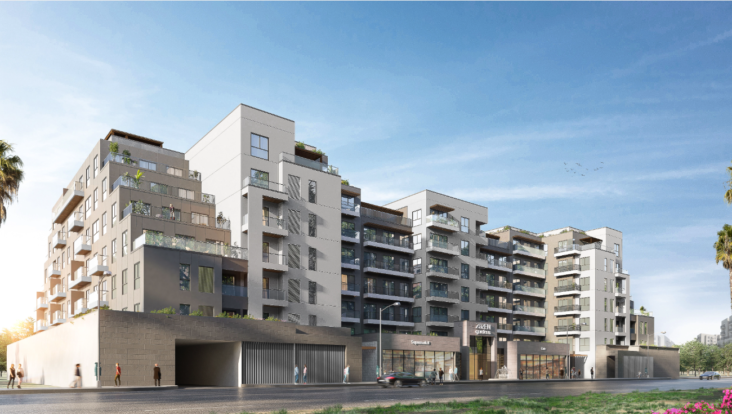ZāZEN Gardens Sells Out With 22 Different Nationalities Investing In The Sustainable Development

ZāZEN Properties, a leading sustainable property developer in Dubai, cites that Indians are increasingly investing in the Middle East’s real estate market with the UAE and KSA being preferred destinations of choice; industry analysts expect Saudi Arabia’s real estate industry to flourish as the country’s inches towards achieving Vision 2030, with expectations that the kingdom will parallel that of the UAE’s real estate market. As it stands today, the UAE remains far and away the most appealing location for real estate investment in the GCC and Madhav Dhar, COO of ZāZEN Properties, explains the factors attracting a continuous inflow of Indian and International investors.
After investing roughly AED 15.9 billion in Dubai’s real estate sector in 2022, Dubai Land Department (DLD) data credits Indian investors for facilitating 11.9% of the 97,398 property transactions that were logged last year. This percentage reflects the second-highest investment by any nationality, trailing only British buyers who accounted for 21.2% of real estate purchases during this same period. Indians have been among the leading nationalities to buy real estate in Dubai since 2015, and in 2023, the emirate has continued attracting this investor demographic at a strong rate.
Indians have long been intrigued by the prospect of investing in Dubai’s real estate market due to the high investment rental yields that come with it; the cosmopolitan city offers a gross rental yield ranging between 6-10%, and an average return of around 7.5% to provide greater appeal than that of prime locations such as New York, Hong Kong, and London. The UAE’s consistent influx of Indian investors is also attributed to the country’s favourable tax policies. With India reportedly having prepared to quadruple taxes on outward remittances at the start of October, many investors from the South Asian country injected their capital into Dubai’s real estate sector during the first half of 2022 to save substantially.
This trend was noticeable throughout the sales cycle of ZāZEN Properties’ latest development, ZāZEN Gardens in Al Furjan. LEED Gold-rated and Well-Being integrated, the first-of-its-kind project in Dubai sold out in less than six months with Indian investors representing the highest-buying demographic. Out of 155 units which were available for sale, Indian-origin investors snatched up 70%, Eastern European investors accounted for 8%, Pakistani buyers purchased 6%, and 4% of the inventory was purchased by various EU nationals.
Madhav commented: “ZāZEN products attract a wide range of buyers and investors alike. We had 24 different nationalities purchase in our ZāZEN One project in JVT and now have 22 different nationalities with ZāZEN Gardens. The UAE is home to 10 million-plus people, and Indians account for more than 25% of the country’s total population. With Indians continuing to migrate to the UAE in increasing numbers, the percentage of investors in each project is bound to skyrocket and the purchasing power of these individuals will be displayed in full strength. World-class infrastructure, the convenient geographical location, and the renowned business hub that Dubai is known to be are all contributing factors to the surge of Indians investing in UAE real estate. Non-Resident Indians (NRIs) and Indian investors, will continue investing in Dubai’s booming property market, as will other nationalities.”
In KSA, Indians make up around 19% of the country’s expatriate population. With the kingdom striving to fulfil a variety of ambitious objectives, Indian investors appear poised to target real estate investment opportunities in Saudi Arabia over the coming years. However, the UAE will maintain its leading position in the Middle East with developers innovating to reach net zero 2050 mandates, among other goals. ZāZEN Properties’ brand operates with these green initiatives in mind, and its latest project ZāZEN Gardens is a testament as 469 metric tonnes of carbon emissions will be reduced annually upon the development’s completion.


